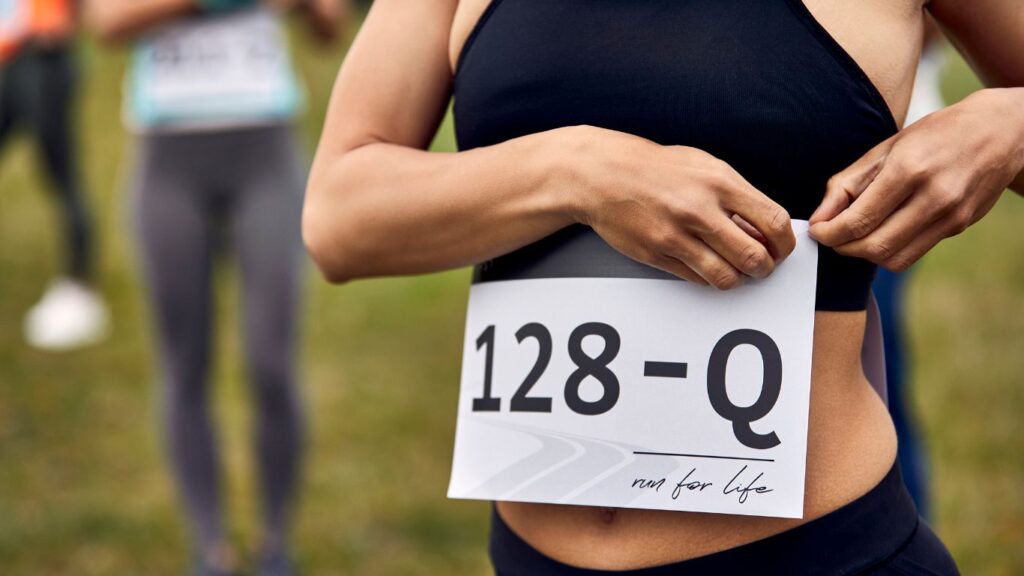Cross-country meets are exhilarating events where individual performances culminate in a team victory. Understanding the nuances of cross-country scoring is essential for athletes, coaches, and fans alike. This guide will walk you through the basics and more advanced aspects of scoring in cross-country.
The Role of Team Scores
The Team score is an aggregate of individual runners’ performances in cross country. Here’s how it works:

- Each Team fields multiple runners, but only the top 5 finishing Positions are used to calculate the Team score.
- The positions of these runners are summed, and the Team with the lowest total score wins. For example, if a Team’s top five runners finish in 2nd, 4th, 6th, 8th, and 10th places, the Team’s score would be 2 + 4 + 6 + 8 + 10 = 30 points.
- Teams can have more than five runners, but only the first 5 to finish count towards the Team score. Extra runners from the Team can displace runners from other teams, affecting their scores.
Individual Scoring Explained
Individual scoring highlights the performance of each runner:
- Each runner’s finishing position counts as their score—the first-place finisher scores 1 point, the second-place finisher scores 2 points, and so on.
- Individual accolades are often awarded to top finishers, but their primary importance in Team events is contributing to the Team score.
The Importance of Displacement
Displacement occurs when runners who do not count towards their Team’s score impact the scoring of other teams:
- For example, if Team A’s 6th runner finishes 9th overall, they can push Team B’s runners further down the ranks, ultimately affecting Team B’s score.
- This strategic element emphasizes the importance of all Team members’ performances, not just the top five.
- Tiebreaker Rules and Procedures
Ties are rare but can happen in cross-country meets and must be resolved to declare a winner:
- If two teams have identical scores based on their top five runners, the tiebreaker considers the sixth runner from each team.
- The Team whose 6th runner has the better finishing position wins the tie.
- If the tie persists, subsequent runners (7th, 8th, etc.) are considered until the tie is broken.
Special Considerations for Large Meets
More oversized meets with numerous teams and participants require some adjustments:

- Multiple divisions might be created in large meets to manage the number of runners and ensure fair competition.
- Scoring procedures remain the same, but with more teams involved, the role of displacement becomes even more significant.
- Meet organizers may use chip timing and other technologies to record finishing positions and times accurately.
FAQs
1. How is the winner of a cross-country meet determined?
The Team with the lowest cumulative score from their top five runners’ finishing positions determines the winner.
2. Can a Team still win if not all runners finish in the top five?
Yes, a Team can still win if their top five finishers have strong placements, even if their remaining runners do not place as high, as only the top five scores are counted.
3. What happens if a runner from my Team finishes in a non-scoring position?
While non-scoring runners do not directly contribute to your team’s score, they can displace runners from other teams, potentially impacting the overall scoring and helping your team win.
4. Are individual awards given across the country?
Yes, individual awards are often given to top finishers in addition to Team scores. These may include medals, trophies, or recognition at the end of the meet.
5. How are ties broken when teams finish with the same score?
Ties are broken by comparing the finishing positions of each Team’s sixth runner; the Team with the higher-placed sixth runner wins the tie. If a tie still exists, subsequent runners are evaluated in order.
Conclusion
Mastering the art of cross-country scoring enhances the appreciation of the sport’s strategic depth. Whether you’re an athlete aiming to help your Team clinch victory, a coach strategizing for optimal performance, or a fan cheering from the sidelines, understanding these scoring intricacies adds a layer of excitement to every meeting.










